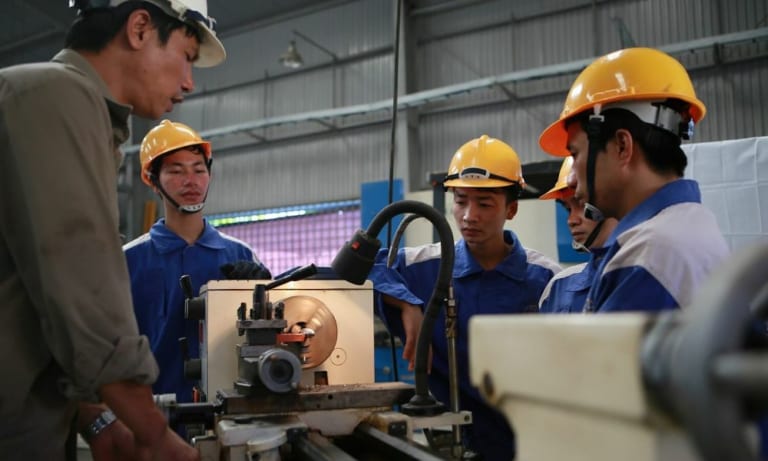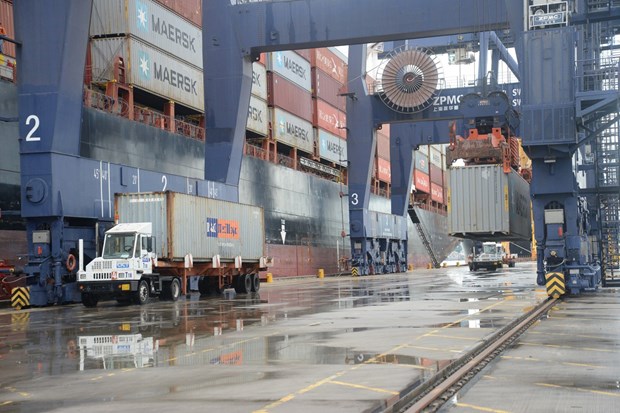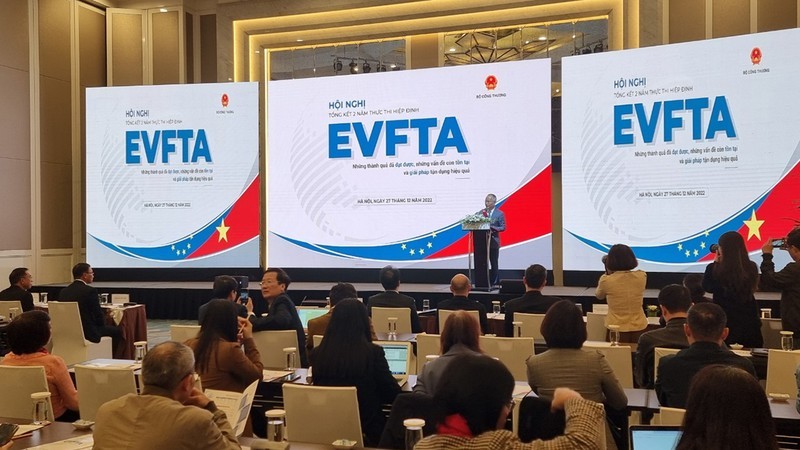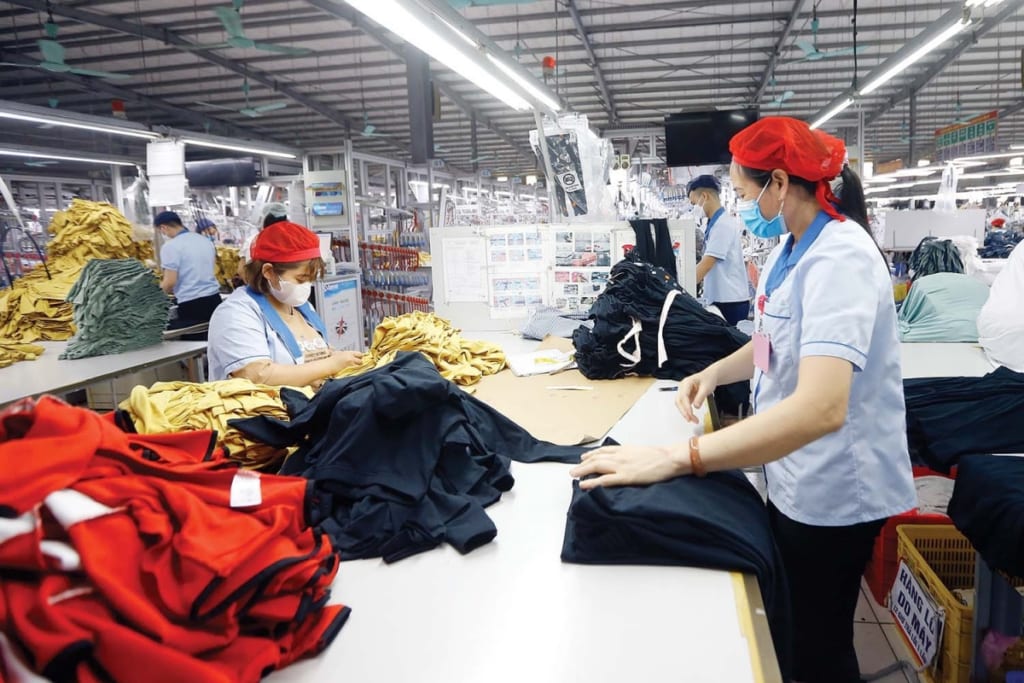
Vietnamese workers have earned a strong reputation in the global labour market, with distinct traits that set them apart from workers of other nationalities. International employers continue to seek out Vietnamese workers for their adaptability, resilience, and skill. In this in-depth analysis, we will explore less commonly discussed aspects of Vietnamese workers and compare them with other global workforces, highlighting the characteristics that make them highly attractive to employers around the world.
1. Socio-Economic Background and Its Impact on Workforce Behavior
Vietnamese labourers often come from rural, agricultural backgrounds. This background instils resilience, resourcefulness, and a deep appreciation for stable employment. Compared to workers from urbanized nations like Germany or Japan, whose workforces are shaped by more developed infrastructures, Vietnamese workers display a strong sense of gratitude and commitment to job stability.
Analysis:
This socio-economic context drives a mindset focused on upward mobility and responsibility. Workers from wealthier nations might place a higher priority on work-life balance or personal ambitions. However, Vietnamese workers typically value long-term security and career stability, making them more reliable over extended periods.
Example:
In industries like construction, Vietnamese employees are often willing to work longer hours in challenging conditions. Meanwhile, European workers might push for shorter hours or better working conditions. This resilience and determination make Vietnamese workers a highly sought-after labour force in industries requiring sustained effort.
2. Generational Shifts in Workforce Characteristics: The Millennial and Gen Z Influence
Vietnam is currently experiencing a generational shift. Millennials and Gen Z workers are entering the workforce with more technological fluency and global awareness. This new generation of Vietnamese employees combines traditional work values with a modern, entrepreneurial mindset. This makes them different from their predecessors, shaped by post-war hardships.
Analysis:
Younger Vietnamese workers bring creativity, digital proficiency, and a greater openness to innovation than older generations. In contrast to Japan’s ageing workforce, which struggles to adapt to rapid technological change, Vietnamese Gen Z workers are enthusiastically embracing new industries like e-commerce and IT.
Case Comparison:
In countries like Japan, the workforce is predominantly older and less adaptive to digital transformation. Younger Vietnamese labourers stand out for their tech-savviness and willingness to innovate. This generational shift gives Vietnamese workers a distinct edge in industries undergoing rapid technological integration.
3. Geopolitical Influences on Migration and Workforce Mobility
Vietnam’s geopolitical stability and growing international trade relations have significantly impacted the global mobility of its workforce. Vietnamese workers benefit from an increasingly globalized labour market due to strong diplomatic and trade ties with countries like South Korea, Japan, and various European nations. In contrast, workers from regions facing political instability, such as Syria or Venezuela, encounter greater challenges in securing international work.
Analysis:
Vietnamese workers are familiar with international work environments and regulations. This is due to the country’s expanding foreign investment landscape. Their familiarity with multinational standards and expectations, along with stable visa conditions, makes Vietnamese workers a reliable choice for employers in industries like construction and manufacturing.
Example:
In politically unstable countries, workers often face visa and regulatory hurdles. However, Vietnamese workers benefit from favourable migration policies. This reduces the risk for employers, making Vietnamese workers a dependable choice for long-term international projects.
4. The Role of Vocational Education in Shaping Workforce Skills
Vietnam’s strong focus on vocational education is a key differentiator in the global labour market. Unlike countries where education is more theoretical, Vietnam’s vocational system emphasizes hands-on experience. This ensures that workers are well-prepared for practical roles from the start of their careers.
Analysis:
Vietnam’s vocational programs align closely with the demands of industries such as construction, electronics, and manufacturing. This practical training gives Vietnamese workers a head start in these fields. In contrast, workers from countries like India, where formal education may lack immediate applicability in labour-intensive roles, require more training.
Case in Point:
While Indian graduates may require additional job-specific training after completing academic programs, Vietnamese workers often graduate from vocational schools with skills that make them job-ready. This minimizes the training burden on international employers.
5. Emotional Intelligence and Teamwork: Key Strengths of Vietnamese Workers
Vietnamese employees are known for their high emotional intelligence (EQ) and ability to foster social cohesion in the workplace. Vietnamese culture emphasizes harmonious relationships and respect for authority, which creates a work environment where teamwork and collaboration thrive. This contrasts with more individualistic work cultures like those in the U.S., where personal ambition can sometimes create competition within teams.
Analysis:
In industries that require strong collaboration—such as hospitality, healthcare, and construction—Vietnamese workers often excel in creating a supportive and efficient work environment. Their respect for hierarchy and teamwork leads to greater productivity and smoother operations in international teams.
Example:
In the U.S., workers may prioritize personal career advancement. In contrast, Vietnamese workers focus on collective success, making them especially valuable in team-based projects. Their ability to create harmony in the workplace is a major factor in their global appeal.
6. Linguistic Flexibility and Cross-Cultural Communication
Vietnamese workers are increasingly proficient in English and other foreign languages. This is particularly evident in industries like hospitality and customer service. Compared to workers from countries like Thailand or China, where language barriers can be a challenge, Vietnamese workers are better equipped to communicate with international clients and employers.
Analysis:
Vietnam’s growing focus on English-language education has given its workforce a competitive advantage in industries that require cross-cultural communication. For multinational companies operating in tourism or international business, Vietnamese workers’ linguistic flexibility is a significant asset.
Example:
In comparison, Thai workers, though skilled in other areas, may struggle with English proficiency in international roles. Vietnamese workers’ ability to bridge language gaps improves their integration into global teams, making them a top choice in customer-facing roles.
7. Vietnam’s History of Resilience and Its Impact on Workforce Mentality
Vietnam’s turbulent history, including its wars and economic transitions, has shaped a workforce that is highly resilient and accustomed to overcoming adversity. This resilience is a standout trait compared to workers from more economically stable nations, where hardship may not have been as prevalent.
Analysis:
Vietnamese workers are mentally prepared for high-stress, challenging work environments. This is an advantage in industries like agriculture and manufacturing. Their capacity to persevere through difficult conditions is rooted in their historical and cultural experiences. This sets them apart from workers who may prioritize comfort over resilience.
Example:
Workers from developed nations like Canada or Sweden may place more importance on work-life balance. In contrast, Vietnamese labourers see opportunities for personal and financial growth through hard work and endurance. This makes them a highly reliable workforce.
8. Government Policies and Workforce Readiness
The Vietnamese government actively supports labour export, providing structured programs that align worker training with international demands. Compared to nations like the Philippines, which also focus on labour migration, Vietnam’s government initiatives are highly organized. They ensure that workers are better prepared for global roles.
Analysis:
Workers from countries with less structured labour export policies may require additional training. They may also face more obstacles in integrating into international jobs. Vietnamese workers, thanks to government-backed programs, enter the global labour market equipped with relevant skills and certifications. This makes them more competitive.
Case Comparison:
While Filipino workers are well-regarded in domestic work and seafaring industries, Vietnamese labourers are being trained for future-oriented sectors like technology and renewable energy. This positions them as a more versatile and adaptable workforce.
9. Environmental Adaptability: Thriving in Varied Climates and Geographies
Vietnam’s diverse geography has shaped a workforce that is comfortable working in varied climates, from humid coastal regions to cooler mountainous areas. This contrasts with workers from countries with more uniform climates, who may struggle with environmental adjustments.
Analysis:
Vietnamese workers are adept at handling diverse environmental conditions. This makes them ideal candidates for international projects in extreme climates, such as those in the Middle East or Northern Europe. Their adaptability is especially valuable in industries like construction and agriculture, where environmental factors play a critical role.
Example:
While workers from more temperate regions may require time to adjust to harsh climates, Vietnamese workers are more adaptable. This allows them to transition smoothly into different geographic environments without compromising productivity.
10. Soft Power and Cultural Diplomacy’s Influence on Vietnamese Worker Perception
Vietnam’s growing diplomatic and trade relations have enhanced its global reputation. This indirectly benefits its workforce. International employers view Vietnam as a politically stable and reliable partner, positively affecting Vietnamese workers.
Analysis:
This positive perception of Vietnam as a stable country enhances employers’ trust in Vietnamese workers. In contrast, workers from countries with more turbulent political environments may face scepticism due to potential visa and regulatory challenges.
Case Comparison:
While workers from politically unstable countries may encounter difficulties in securing international employment, Vietnamese employees benefit from their country’s strong international standing. This makes them a safer choice for long-term projects.
Conclusion
Vietnamese workers bring a unique blend of resilience, adaptability, and emotional intelligence to the global labour market. Shaped by their socio-economic background, cultural values, and the country’s fast-growing economy, they offer traits that make them highly attractive to international employers. Whether they can thrive in varied environments, their focus on teamwork, or their readiness to meet the demands of emerging industries like renewable energy, Vietnamese workers stand out as a reliable, productive, and cost-effective labour force. As the global economy continues to evolve, the demand for Vietnamese workers is expected to grow, further solidifying their place as a leading workforce on the international stage.



